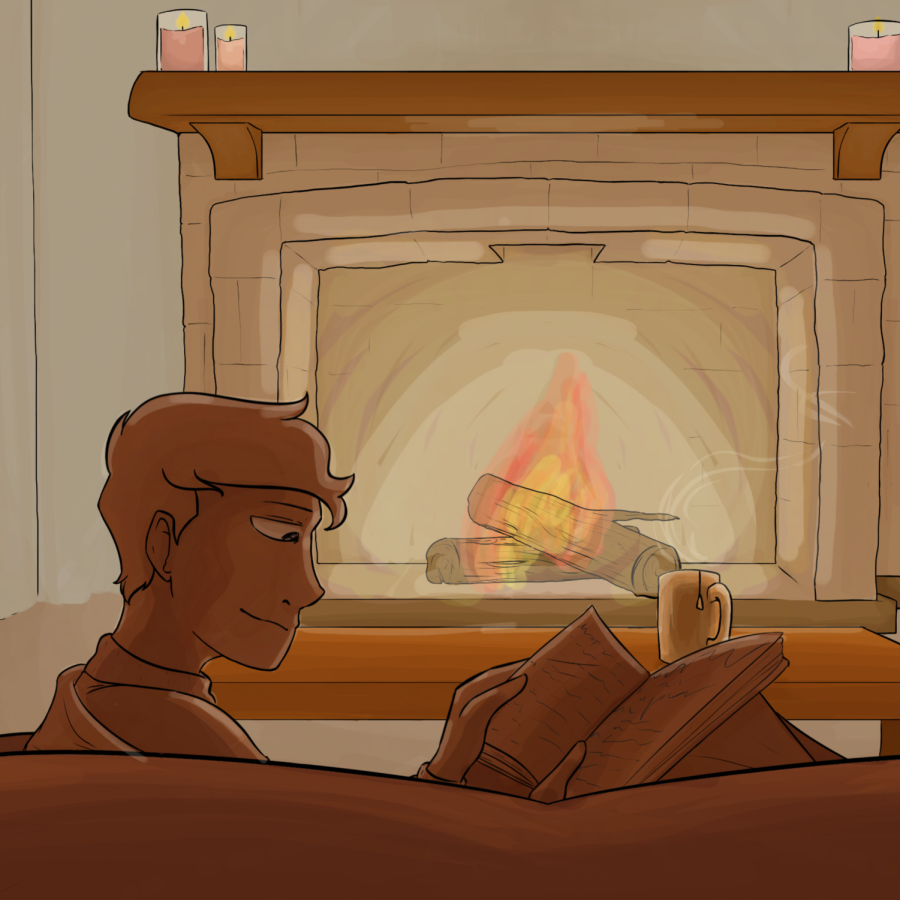How Students are Practicing Hygge this Season
December 20, 2022
Hygge is a Danish word that is often translated to mean “coziness,” but the concept is also about enjoying the simple things in life and creating a sense of community and contentment. It means being present in the moment and creating a warm and inviting atmosphere, both physically and emotionally. The concept of hygge has gained popularity in recent years and is often associated with the colder months, when people are more likely to seek out comfort and togetherness. The idea of hygge can be traced back to the 19th century, when it was first introduced in Danish literature.
As hygge isn’t as well known of a practice outside of Scandinavia, many students aren’t familiar with it. However, many people living in areas affected by the cold climate, such as Minnesotans, unknowingly practice it.
Elizabeth Santos, ‘24, first heard about hygge in English class. Because hygge is associated with so many benefits, she began implementing it into her life and “creating an environment in which [she felt] comfortable.” She shared, “I like lighting a candle by the window as I do homework and making myself a warm drink as I read a book,” among other comforting activities.
Dana Zucker, ‘23, said that she had not heard of hygge, but realized that she practices it daily.
“I make myself a cup of tea every day for my drive to school and wear my blanket by the fire when I’m especially cold,” she said. The small activity of making a warm cup of tea greatly uplifts Zucker’s mood, “making [her] day a little brighter and [adding] happiness to an otherwise mundane morning.”
Carys Holland, ‘23, was visibly confused when the word “hygge” was mentioned, but once the concept was defined, she understood it as being “really soothing.” Her experiences practicing hygge include “going on walks and listening to music,” activities that benefit her life by allowing her to “feel a lot less stress” and “learn to take care of stress more efficiently.”
As many students have busy schedules, it is important to maintain a healthy work-life balance. Especially in the colder months, when there is less daylight and fewer opportunities to spend time outdoors, many students can find themselves feeling stressed or disconnected. Excessive stress can cause a variety of damaging side effects, so managing its impact is vital for maintaining a healthy lifestyle. Practicing hygge is one way to destress after a busy day.
“Practicing hygge has helped me relax, clear my head, and be more present,” said Santos.
Zucker, Santos, and Holland all have active and eventful lives, yet they incorporate a healthy balance of calm and joy through simple and cozy daily choices.






























